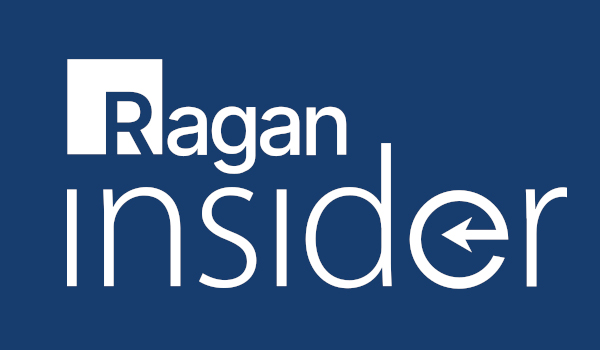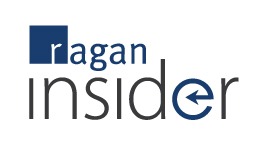The benefits of ‘ums’ and ‘ahs’ for speakers
These filler syllables—known to experts as disfluencies—give you time to think, but they also cue your audience that something important is coming. They help you land your key points.

I once had to follow a speech by the famous sexologist Doctor Ruth.
I was in her audience because I didn’t want to miss her talk and thus was late to my own speech, as it would take place in a smaller venue a short jog away.
Do not follow Dr. Ruth. She’s hilarious, and she’s talking about the No. 2 fascination of the species (after Internet cat videos).
Also, don’t arrive at your own speech late and out of breath.
I began my speech with more than the usual number of disfluencies—what are commonly known as verbal slips. I was “umming” and “ahhing” through the opening of my speech when a nice Southern woman sitting in the front row raised her hand.
I almost didn’t call on her, because I was only 45 seconds into my speech, but I thought I might be able to catch my breath a bit better, so I said, “Yes?”
She said, “So, ya’ll call yourself an expert on public speaking, right?”
I knew this was not headed in a good direction, but what could I do? She had me. If I said no, then why was I giving a presentation on public speaking? If I said yes, well, here’s what happened.
Become a Ragan Insider member to read this article and all other archived content.
Sign up today
Already a member? Log in here.
Learn more about Ragan Insider.


